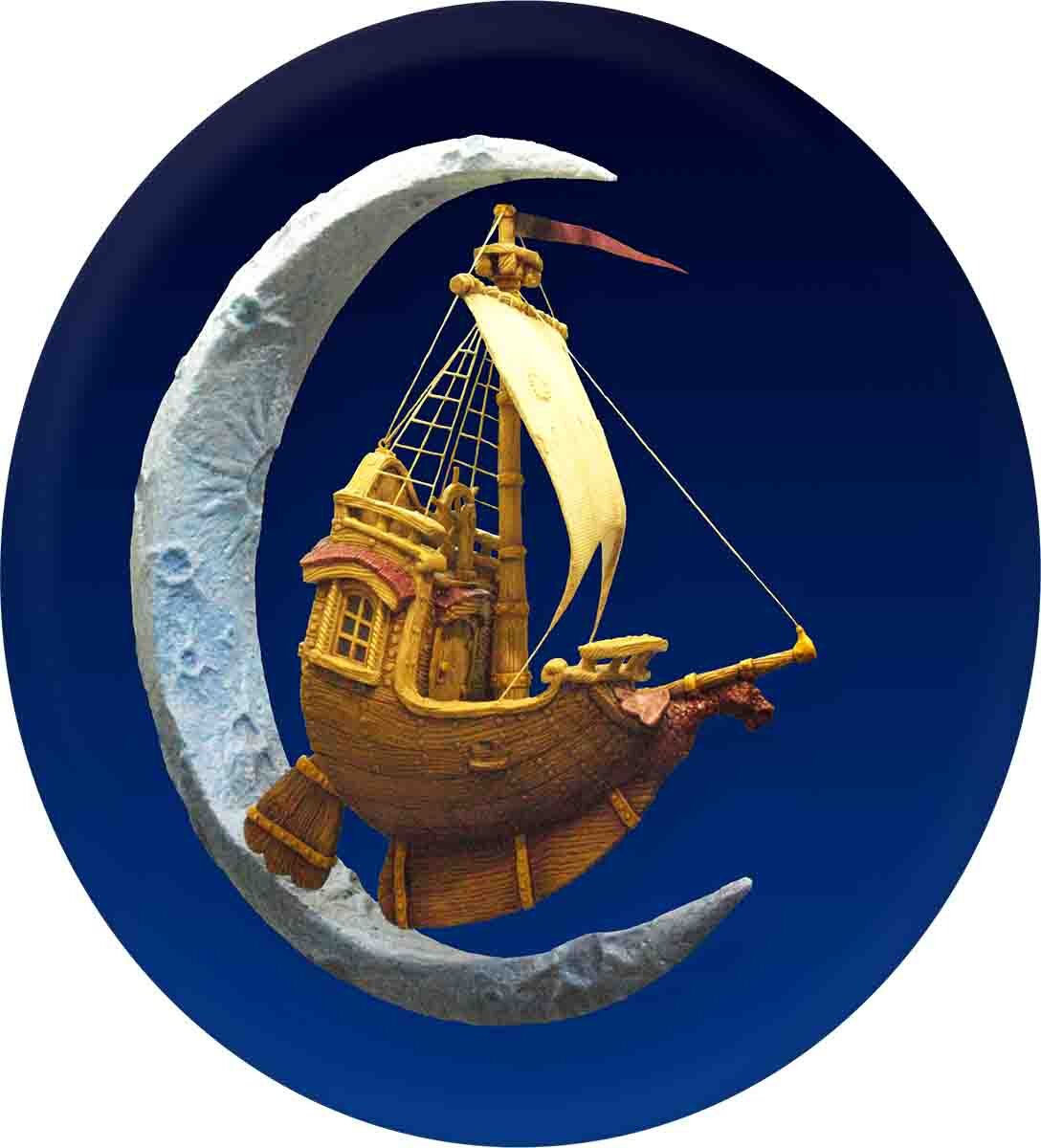As promised, today we will discuss the dirigible’s nose cones.
We opted to avoid using our router’s 4th axis for the ballon’s nose cones. Ever tool has its place and sticking with the 3rd axis promised to be quicker.
First, we measured up the balloon to determine the angle and size of the nose cone. Then, we began building the file in EnRoute. We used the revolve tool to build a mesh and then converted this to a relief. The red lines below show how we lined things up to a box of known dimensions.
The screen shot below show the settings we used to create the mesh.
As you can see, a mesh lights up red (not yellow like a relief) when it is selected and the ‘view button’ is turned on.
We then drew a vector box around the mesh and used this to create a zero height relief.
Selecting both the mesh and the relief allows us to use the merge mesh to relief button. The round option allows the relief to be smoothed as desired. We left the smoothing amount somewhere in the middle and selected ‘merge highest.’
Then we hit apply and, as the screen capture below shows, the red of the mesh peeks through a bit. Thus, we know the procedure worked as intended and we can delete the mesh.
The next task was creating the ‘slices’ we need in order to fit our nose cone pieces into a piece of 1.5" thick Precision Board HDU. The screen shot below shows the perimeters we entered to create two slices. Doing so creates the slices we need without touching the original file.
After this, we pulled out the two slices we needed and then moved them to the bottom of the plate.
Then we duplicated them to make four copies. We flipped over the top section so they fit together nicely.
To finish, we created an offset vector line of 0.7" around all the pieces and then made a zero height relief. Then we merged the pieces of the nose cone to the new relief before deleting the original cone pieces.
This created the finished routing file we would need.
We tool pathed the file with a single pass using a 3/8" ball nose bit and an 80% overlap.
With the relatively large tool it didn't take long for the CNC router to cut these parts.
Next up we'll glue them together and onto the balloon. After that is is time for a little sculpting to make it look like everything was hand made.





























